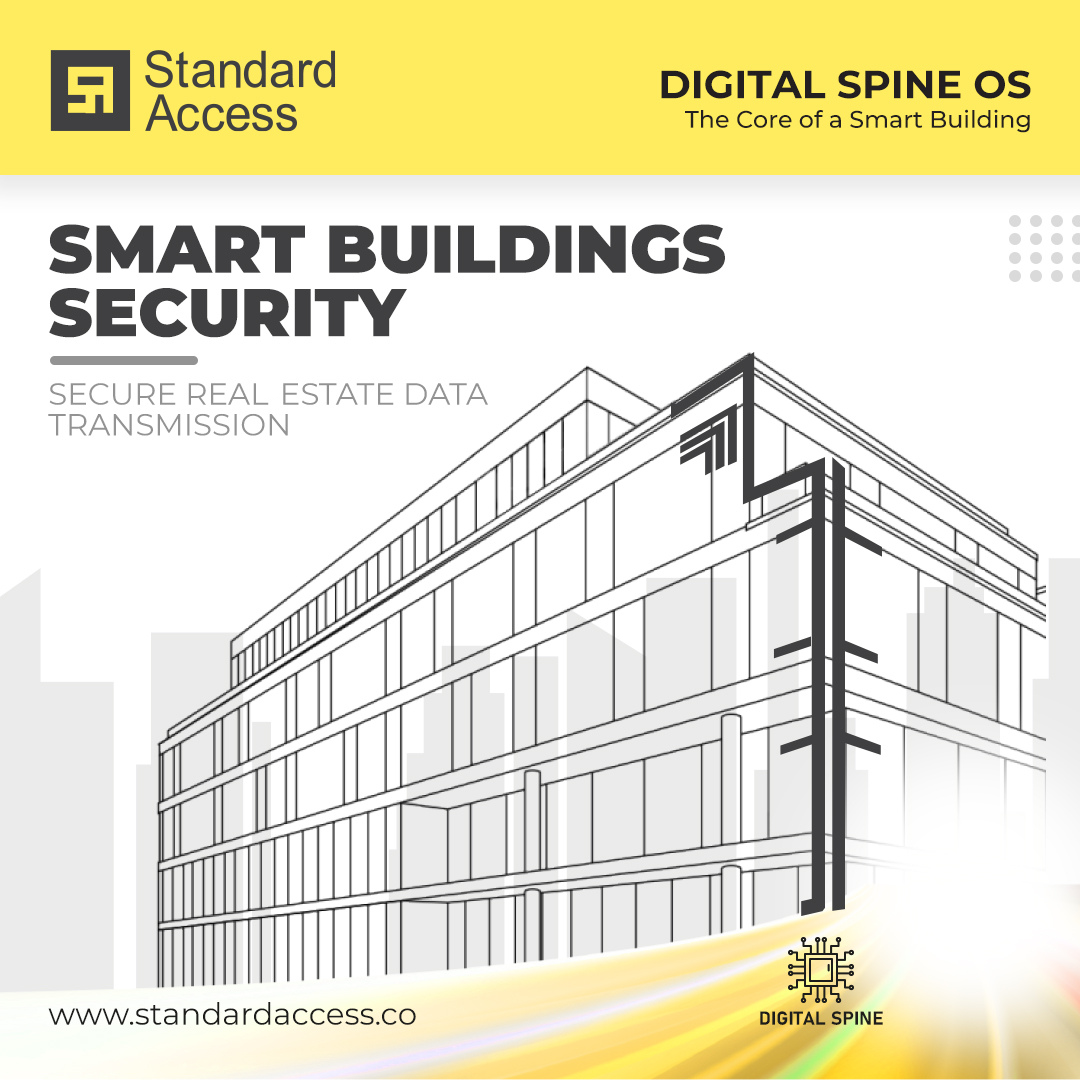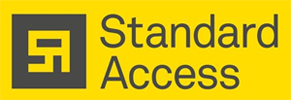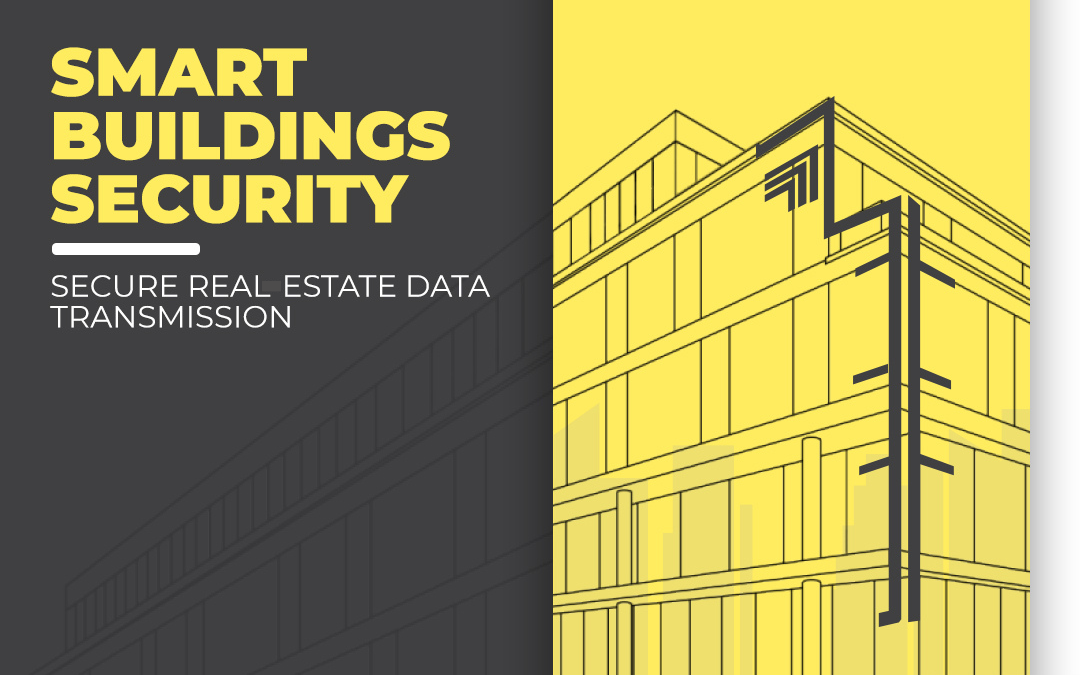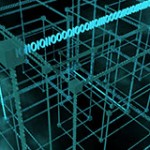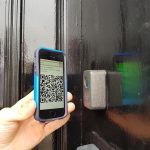Secure real estate data transmission
Standard access is a sector leader in the area of artificial intelligence, or AI, for the development and enabling of securely integrated IoT solutions across construction and real estate. Over the coming weeks, this expert team will be exploring the impact of cyber threats to the built environment and how building owners, operators and their design teams, can and must design security infrastructure into their buildings.
Context
For those unfamiliar with the types of new technologies or proptech solutions available, the following is a quick guide to the available solutions for commercial real estate: https://standardaccess.co/proptech-solutions-for-commercial-real-estate/
Also, the Standard Access team have put together an overview of the technologies enabling multifamily buildings or build-to-rent (BTR), which can be accessed here: https://standardaccess.co/an-introduction-to-the-technology-enabling-build-to-rent-btr/
Data
At the most basic level, buildings are made smart by connectivity and this connectivity enables the consistent flow of data. This data is fast becoming recognised as a valuable part of the physical/real asset, feeding into the creation and maintenance of a digital asset or digital twin of the building. While most real estate companies are really only getting to grips with the handling and use of this data, optimum use of data and application of the insights generated is being used by early adopters to carve out positions of leadership within sectors. We have explored this further here: Real Estate Data as a Competitive Advantage https://standardaccess.co/real-estate-data-as-a-competitive-advantage/
Space as a Service (SPaaS)
The conversation around the shifting nature of real estate and leverage value through a service offering has dominated the industry over the past few years and this has paved the way for some of the most innovative property technology startups in the marketplace. Instead of real estate being viewed as a product, it is considered more as a service or experience for users. This consumer-led approach to real estate is enabled through a suite of technology offerings. The landlord and tenant relationship has changed hugely, in both commercial and residential developments. Tenant engagement is key to providing a premium service. Standard Access covers every aspect of the property management process in one efficient digital system, making it easier to manage a host of residential and commercial tenants, across many buildings, from one single location. You can learn more about The Evolving Role of Tenant Engagement for Landlords and Property Managers here: https://standardaccess.co/the-evolving-role-of-tenant-engagement-for-landlords-and-property-managers/
Smart Building Digital Infrastructure
According to IT Brief, IBM Managed Security Services (MSS) data shows a 110% increase in attacks on industrial control systems since 2016 and this is described as “a threat landscape predicted to grow at a phenomenal rate to 2020 and beyond”.
Standard Access is meeting the challenge of providing an optimum level of safety and security. By using the highest levels of encryption, Standard Access devices are amongst the most robust security systems available on the market. https://standardaccess.co/digital-spine-the-core-of-a-smart-building/
How? Smart Buildings integrate information and communication technologies with infrastructure to manage resources and to coordinate and improve services. Building automation systems, or BAS, are used to control a wide variety of physical building infrastructure, including HVAC (heating, ventilation, air conditioning) systems, lighting, water, and power. BAS may be more or less integrated with Building Management Systems, or BMS, energy management systems, property technology or proptech, and tenant or occupant service applications. All of these systems may communicate over building-area networks and access the internet through connections to broadband networks. This broad collection of systems and communication technologies is more commonly referred to as Smart Building technologies. As Smart Building technologies link cyber and physical infrastructure and transform dependencies among building systems, cybersecurity controls become increasingly essential to protect occupants, building infrastructure, and smart building functions. As data about individuals is collected, stored, processed and communicated among systems to enable personalized occupant services, privacy controls have also become essential.
Coming up…
Can a Building be a ‘Smart Building’ if it is not Safe?
The next article in our security series will look at the impact of cyber threats on building management systems and how developers and their design teams can fortify the digital infrastructure for a safer smart building.
About Standard Access:
Established in 2014 by Damien Browne, Standard Access is the global leader in IoT digital spine secure data transmission for smart building technologies, providing solutions for contactless building access through the patented Sonic Handshake®, along with a suite of AI-enabled solutions for building owners/operators and their tenants. www.standardaccess.co
